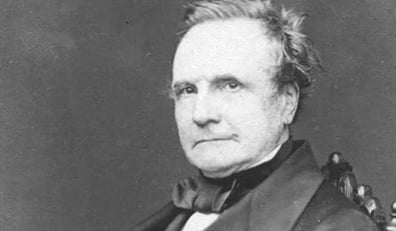Innovation stems from the minds of individuals who recognize a need and strive to develop a new way to fill it. One such innovation was the difference engine, an automatic mechanical calculator designed in the 1820s by English polymath Charles Babbage. He designed this programmable device, to tabulate polynomial functions. The term “difference engine” comes from the algorithm of divided differences that are used to tabulate logarithms and trigonometric functions.

Did the Difference Engine Work?
Babbage created several iterations of the difference engine, none of which were completed or used. His work on the difference engine lead him to invent the analytical engine, a device that, in theory, would have included all of the logical functions of modern computers, albeit in mechanical, not digital form. Despite the fact that this machine was never constructed, either, Babbage is considered to be the father of digital computing.

Next Difference Engines
Inspired by the Babbage’s difference engine, the following inventors tried and managed to construct workable difference engines:
- Pehr Georg Scheutz and Edvard Scheutz
- Martin Wiberg
- George Grant
- Christel Hamann
- Alexander John Thompson
Want to Retire Early? Start Here (Sponsor)
Want retirement to come a few years earlier than you’d planned? Or are you ready to retire now, but want an extra set of eyes on your finances?
Now you can speak with up to 3 financial experts in your area for FREE. By simply clicking here you can begin to match with financial professionals who can help you build your plan to retire early. And the best part? The first conversation with them is free.
Click here to match with up to 3 financial pros who would be excited to help you make financial decisions.
The image featured at the top of this post is ©G-Stock Studio/Shutterstock.com.
